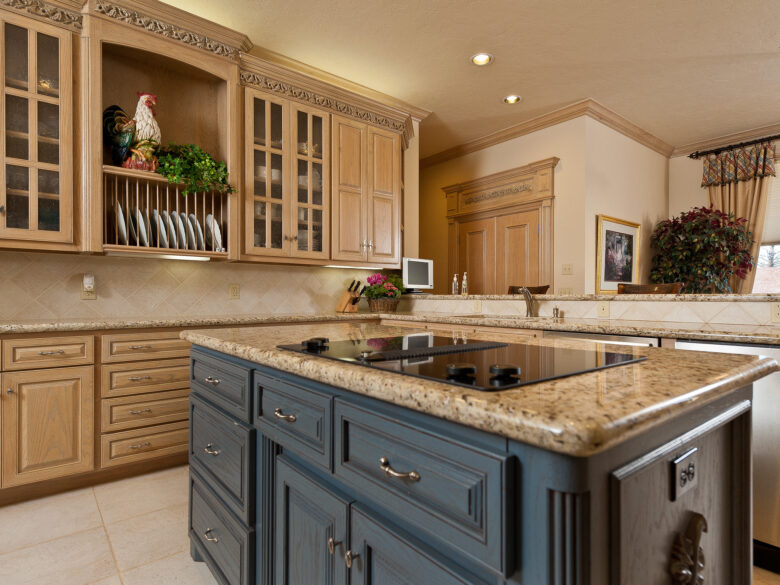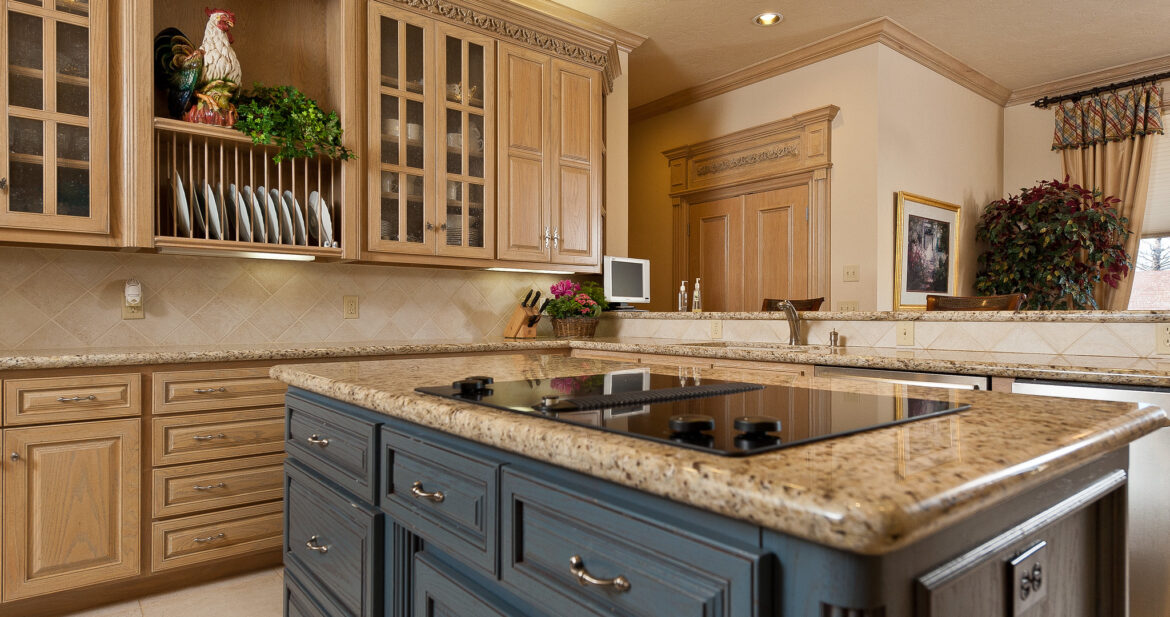
Your home’s layout and configuration could be causing or aggravating a back condition. There are some ways to prevent incidental back strains, injuries, and pain, while making the home a more “back-friendly” place to live. Consider the following areas of your home, and suggestions offered to make these areas less strenuous on your back:
Back-Friendly Kitchens
The primary reason that a kitchen irritates or aggravates the back is the layout. Some careful planning and clever reconfiguring can make a world of difference in how your back feels at the end of the day, as well as your back’s holistic conditioning over the course of time.
For instance, using a wall oven instead of the more common freestanding range will curb the constant bending over required during use. Homeowners may also find that raising their dishwasher will also prevent the strain required to bend over to retrieve dishes and cutlery. These raised platforms often facilitate a drawer under the unit that can add valuable storage to the kitchen.
Some individuals that find they struggle with food preparation, due to the height of their countertops and work spaces, might want to raise the countertop to be easier on the back. Keep the items that you find yourself using daily in nearby cabinets and store less-used appliances and utensils in the more difficult-to-reach spaces. Invest in some pull-out racks or organizers to not only optimize storage capacity but also to make it less necessary to bend, reach, or strain to access cooking supplies or foods.
Reconfigured Living Spaces
If you find that you spend the majority of your time at home in the family or living room, you may want to make some simple adjustments to your sitting area and computer work-station to improve the ergonomics for your back. Think about support when buying sofas, sectionals, and lounge furniture, and opt for those items that are more structured, more supportive, and higher off the ground.
In terms of your work space or computer game station, spend the extra money to buy an ergonomically-correct office chair that fits with your table or laptop desk. Anyone who spends a fair amount of time in front of a screen may benefit from ergonomic keyboards, as well as ample light, for these activities.
Ergonomic Bathrooms
There are some easy strategies to make your bathroom more ergonomic and, consequentially, more back-friendly for those living in the home. These echo some basic bathroom safety techniques that can make the bathroom more accessible as well as more functional.
Grab bars are a wise investment for the tub, and step-in showers that don’t have a lip or frame provide easy access for everyone in the house. Make the most out of your storage cabinets and vanity in the bathroom with the same pull-out organizers and racks that make items easier to find, reach, and retrieve, which can go a long way toward preventing back strain.
If you want to be particularly vigilant and make your home as back-friendly as possible, consider investing in a raised toilet and vanity. These will make the fixtures easier to use and less strenuous for those with existing back conditions.
A Sciatica diagnosis may come from a chiropractor, primary care physician, pain management specialist, or surgeon. These is a serious back condition that may merit surgery in some instances. Avoid the potential of acquiring back-related medical issues and the pain associated by making your home a more back-friendly environment to live in. Try some of these tips and rearrange room configurations to extend safety, health, and well being throughout your home.
This article was contributed on behalf of Gulf Coast Spine Care, your number one choice when looking for help with your spine. Check out their website today and see the treatment for degenerative disc disease that’s available from Gulf Coast Spine Care.

Leave a Reply